Passoni
Racing bikes in a class of their own
The Passoni Interview with Matteo Cassina

»We don’t even have a company process where we measure how many hours it took to produce which frame because it is in our DNA.«
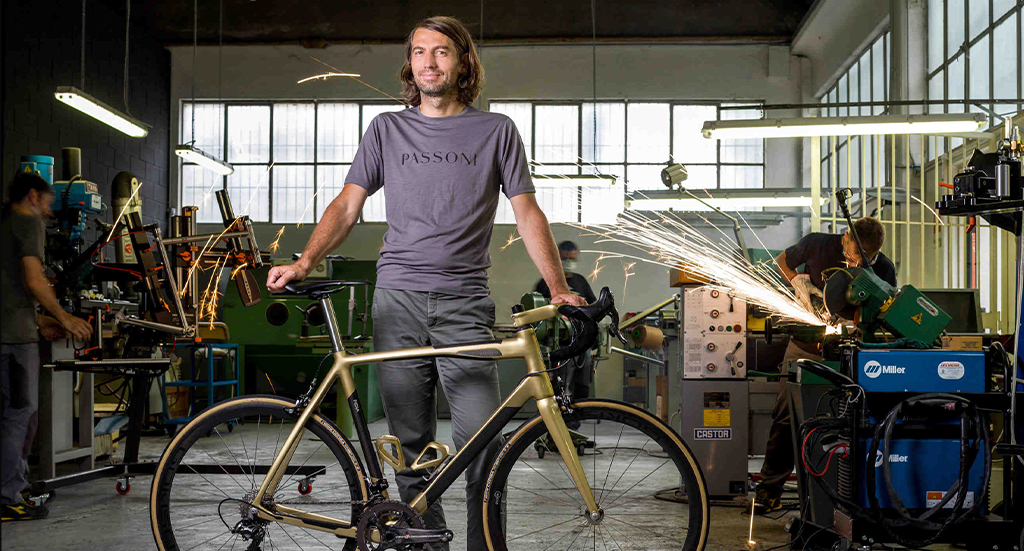
Back in 2011, you became part of Passoni. Can you tell us how this came about?
In 1992, when I was 22 years old, I joined the Italian Rowing National Team at their training camp in St. Moritz and I met my uncle on the Maloja pass who passed by on an amazingly beautiful Passoni bike.
When I returned from the trip, I told my father about it and asked him if he would consider buying me a Passoni bike, because I was totally in love with it, and it reminded me of my childhood dream of becoming a bicycle manufacturer. Fortunately, he refused, and his message was: you have to earn it and the journey to your dream will be as important as the goal itself.
I spent nearly twenty years working really hard in the City of London and all of a sudden, my 40th birthday came up. Of course, I remembered my initial dream of owning a Passoni, but at the end of the day, I owe it to my amazing wife that she pushed me to make this dream come true. Veronique kindly offered to buy me a Passoni for my 40TH.
So, you flew to Milano to get yourself a Passoni bike?
Yes, I did. When I got in touch with Passoni, I learnt that Luca Passoni, the founder, had already passed away. I met Silvia Passoni instead, Luca’s wife. We started talking and so it just happened that I told her about my childhood dream of becoming a bicycle manufacturer, and Silvia told me that she was looking for somebody, but not just anybody, to become co-owner of Passoni.
When I came home from Milan, I told my wife everything about this once-in-a-lifetime opportunity, and she supported me straight away. 48 hours later, I made an offer to buy the majority of the company with all of my savings.
So, that’s what I did just for the love of the brand. I just knew that I wanted to be part of it and wanted to feel this pride inside, to be able to say: ‚This is what I do.‘ I really loved my career in the City of London, but it wasn’t about me or my identity. So today my son goes to school with a Passoni bike, and he is able to say, this is my family, my dad is making these bikes. This is really important to me, it’s part of what defines us as a family now.
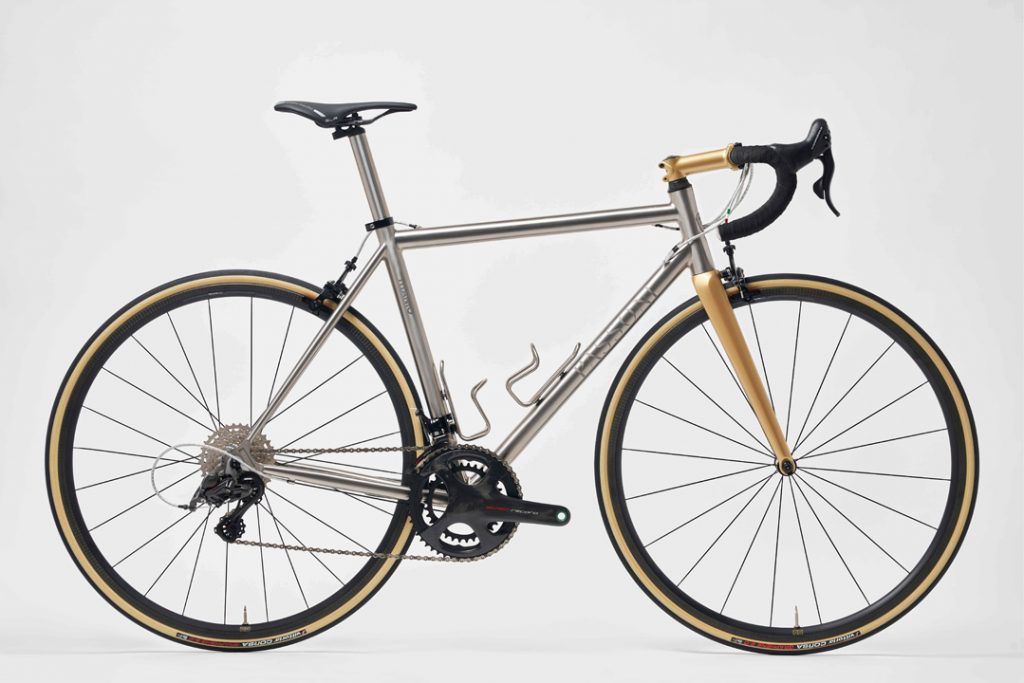
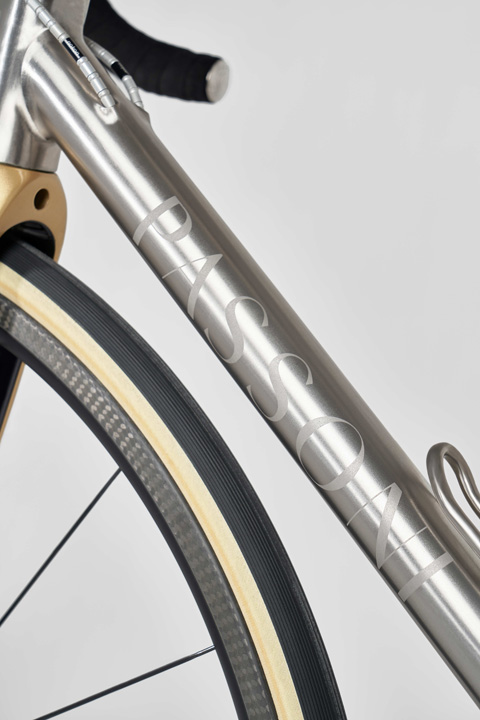
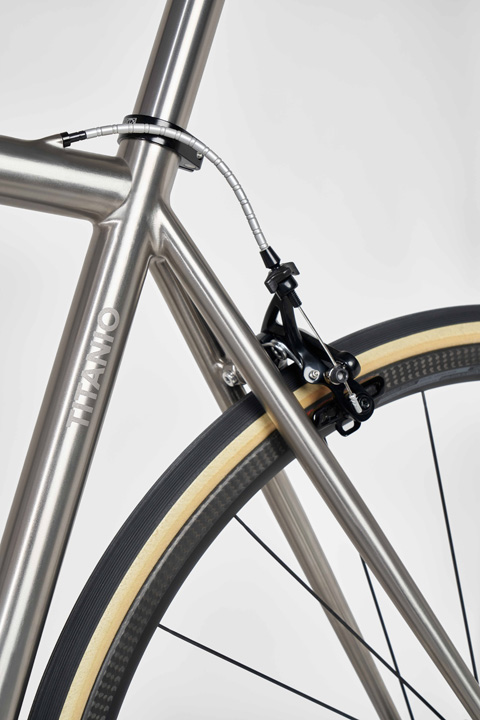
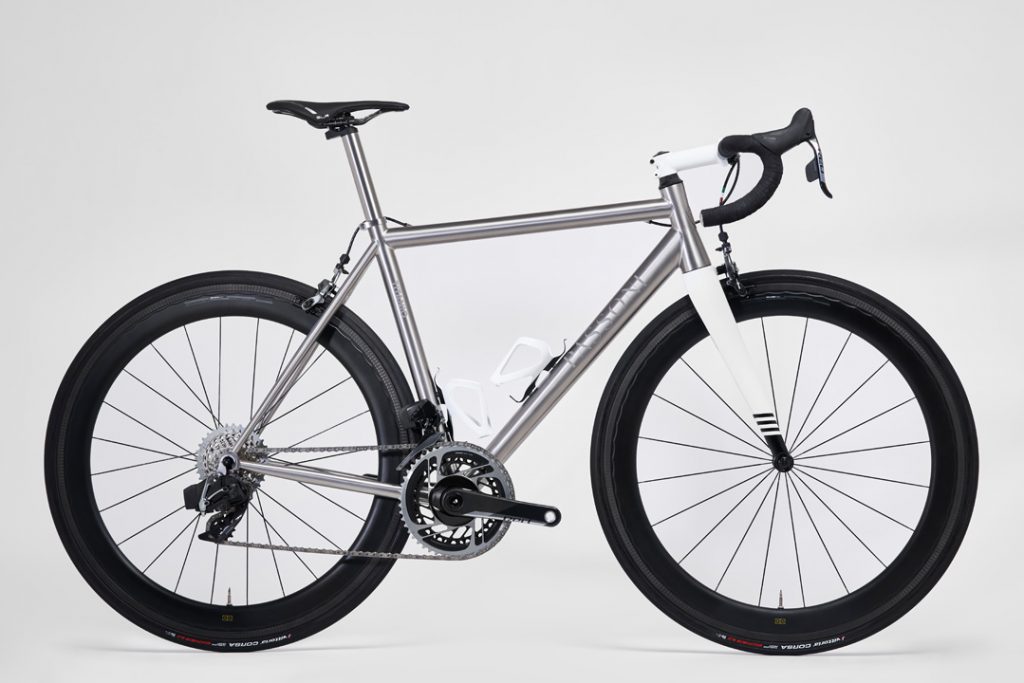
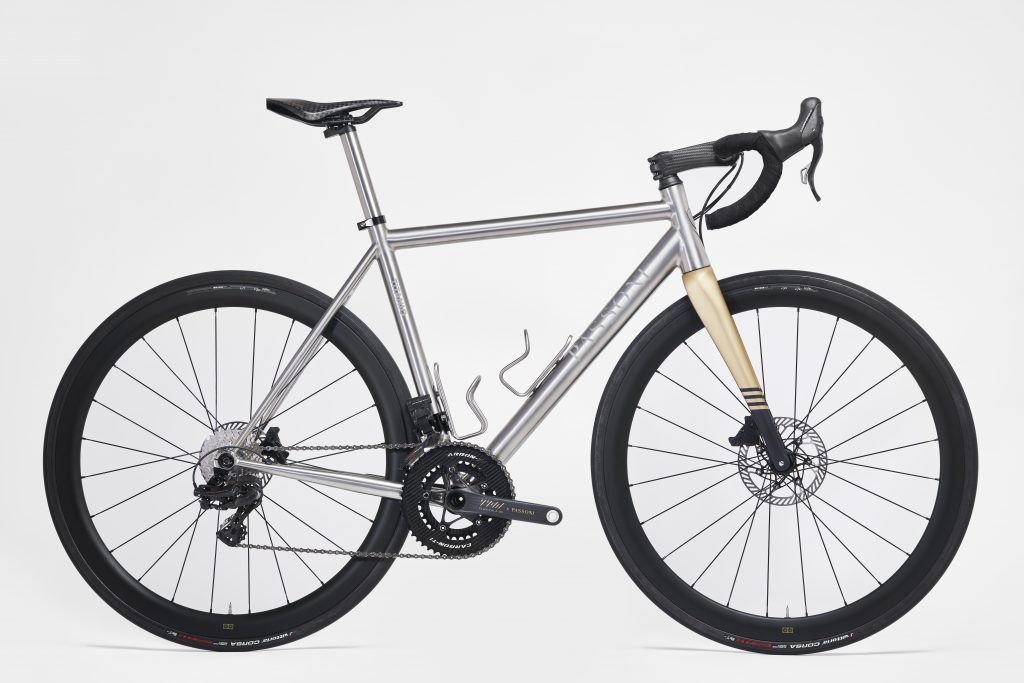
What are the most important strategic decisions you’ve made for the brand since you became the owner?
The most important decision was, and still is, to put the customer experience at the very centre of everything we do. The key insight is simple but brutal: basically, it’s easy to produce expensive and rare goods, but if the customer experience doesn’t match the quality of your product and the expectations of your clients, you won’t succeed in the long run.
Besides, Amazon changed everything and completely raised the bar in terms of customer centricity. The customer is king and if he or she is not happy, you failed. As simple as that. As a result, 90% of our ongoing internal strategic conversations are focused on the various aspects of customer experiences.
Why and when did you decide to work with the Carbon-Ti hybrid fabric for Passoni?
We got a call from one of Pagani’s engineers (editor’s note: the ultra-luxury sports car manufacturer from Modena, Italy) and they asked us whether we wanted to design a bicycle together.
Pagani was founded in the early 90s by Argentinean Horacio Pagani, who had previously worked at Lamborghini as a carbon processing specialist. So, this company is quite familiar with the latest carbon innovations, as you can imagine. They came up with a unique hybrid-fabric of carbon and titanium that has special properties to compensate micro-shocks very well and is extremely stiff at the same time. An ideal combination for us in terms of safety and stiffness.
This hybrid fabric cost almost three times as much as a conventional carbon fabric and it took us almost a year to learn how to handle it, but it’s worth it because we are ahead of the game and can offer our customers the ultimate best. In the end we put a joint project with Pagani aside for various reasons, but we kept the fascination for that incredible hybrid fabric.
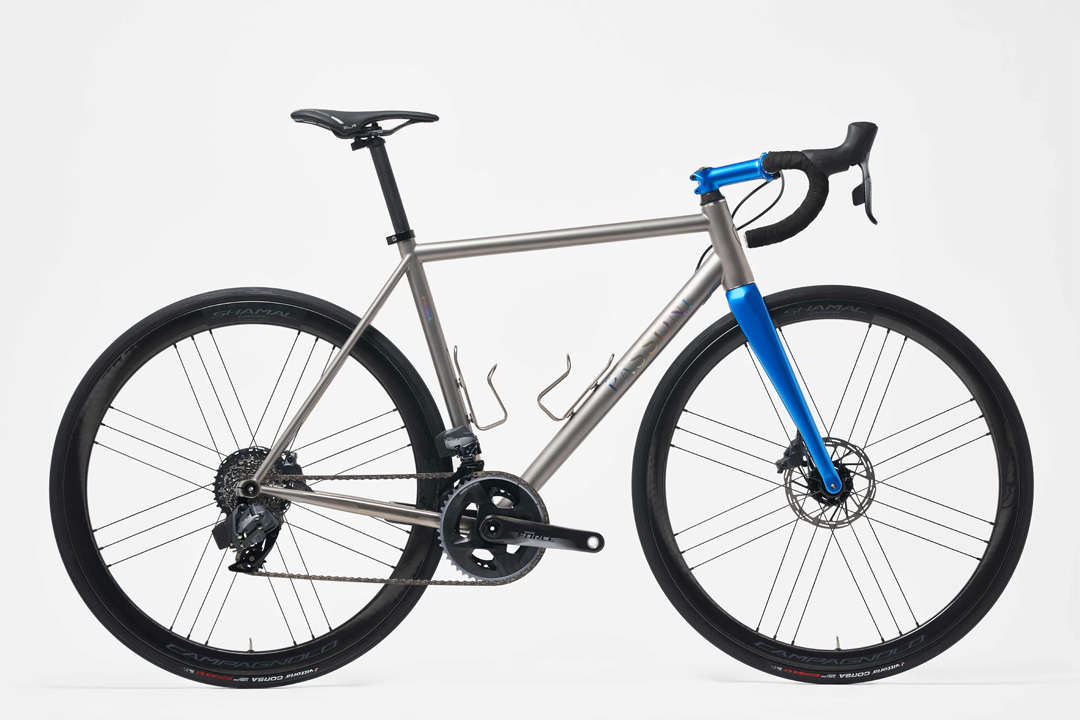
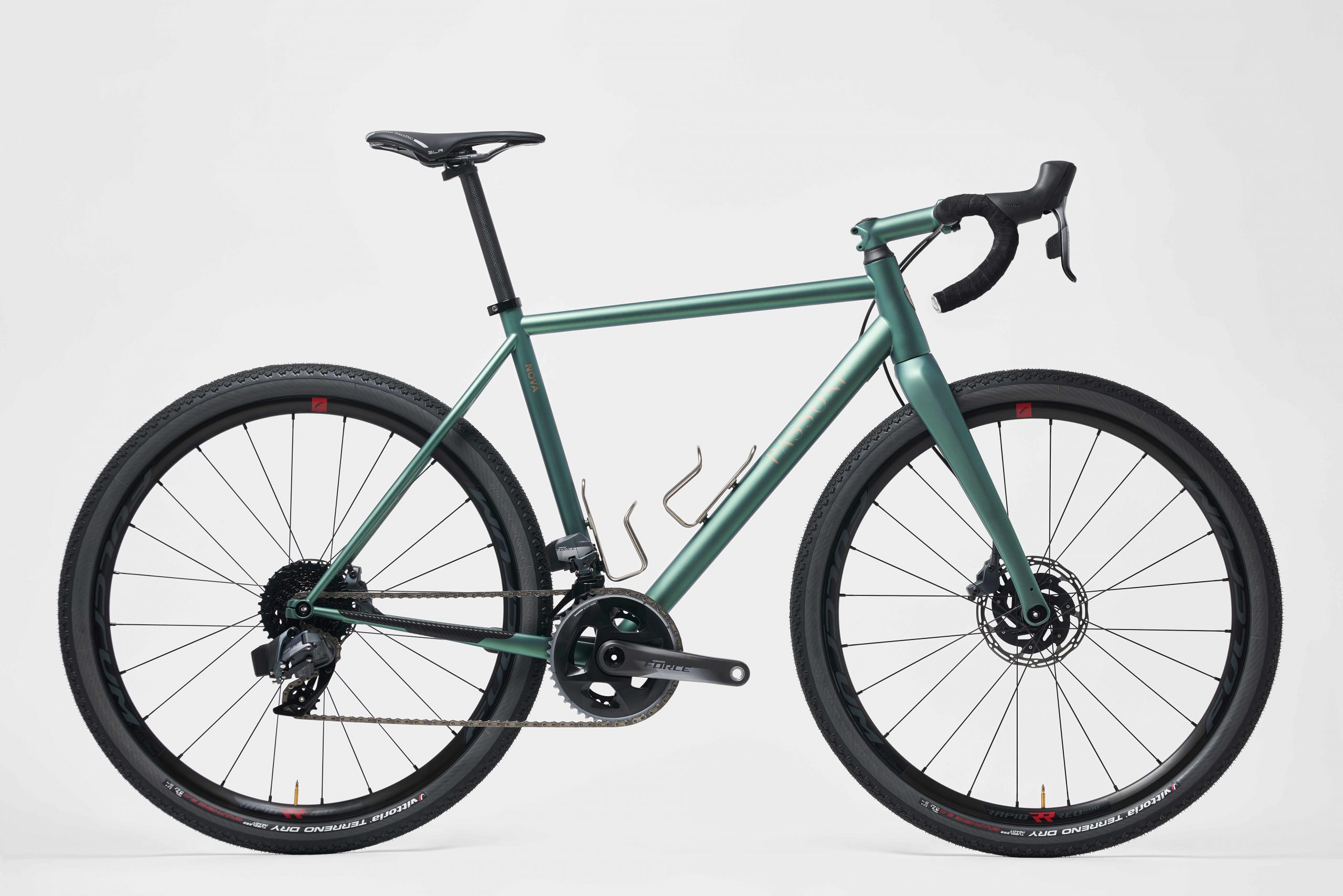
This was just around the time you were developing Fidia?
Yes, that’s right. At the end of the process, Fidia merged three aspects into one. The new hybrid fabric, design expertise from London and the skills of a very renowned engineer in Italy who was responsible for the technical aspects of the frame.
So, we spent a lot of time matching the design approaches with the technical and material-specific requirements. That is why the Fidia-project took us three years in the making.
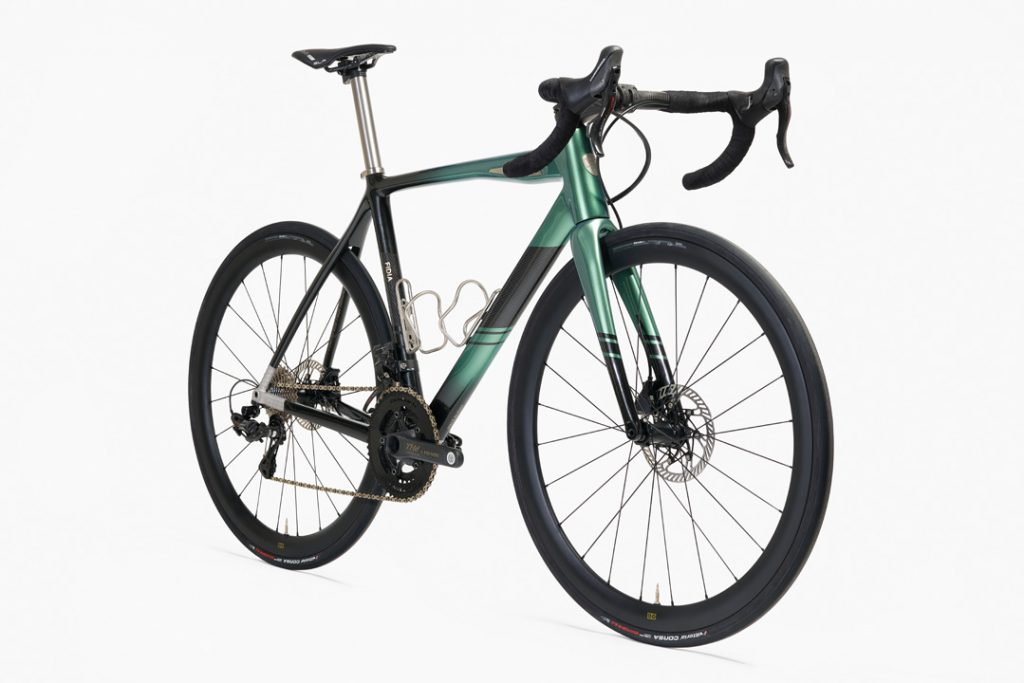
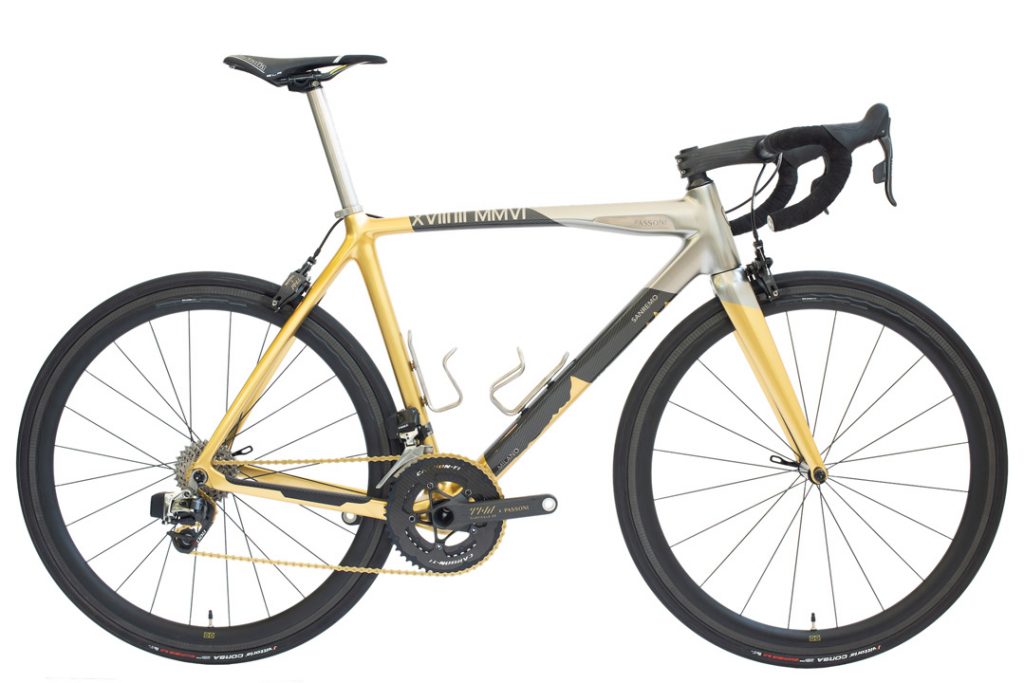
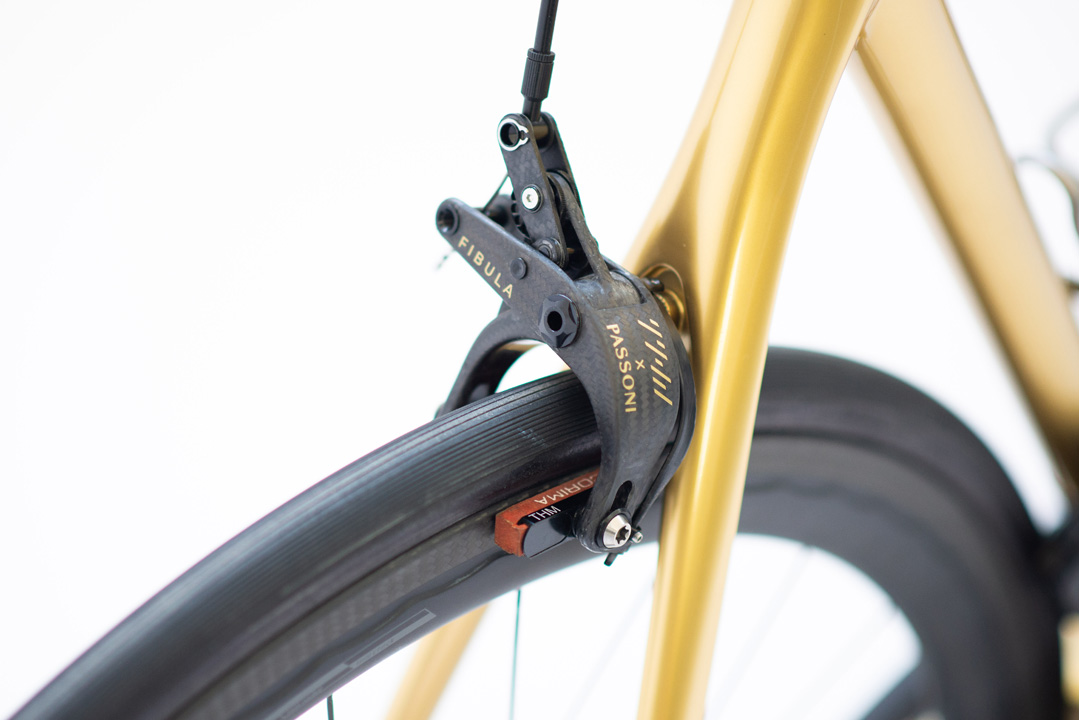
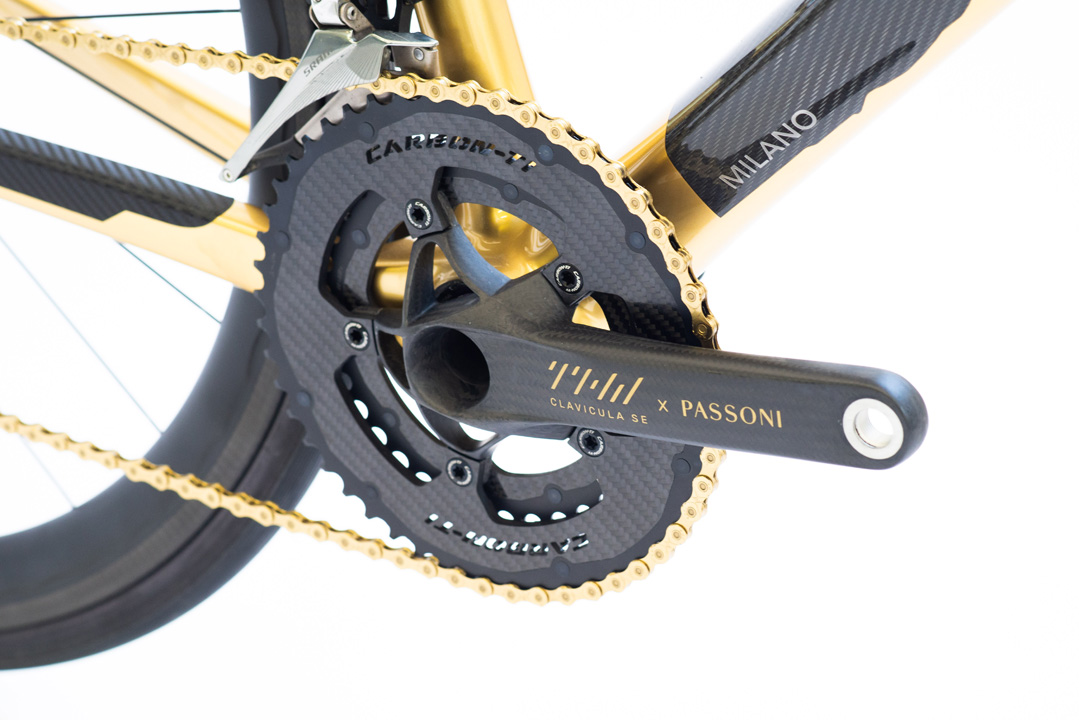
Please tell us a little bit more about the design expertise you mentioned.
We have a group of friends in London who are car designers who set up the design studio Quarterre. Daniele and Clive did a lot of work for brands like Bentley, Rolls Royce, Porsche Design, for example and I asked them to define specific shapes that are aesthetically unique on one hand and represent our heritage and our visual codes on the other.
Quality sometimes needs time to evolve. Do you set yourself deadlines or do you consciously work without pressure to achieve the best results?
We have zero time-pressure because it needs to be the best and it needs to be perfect for our clients. Four out of five people in our Passoni-Atelier that are producing frames have been with us for more than twenty years. They know what a Passoni-frame should look like, and they know it needs to be perfect. And if it’s not perfect, we do it again.
For example, when you weld, the welding process changes the alignment of the rear triangle slightly because it twists the frame. If it’s outside our own parameters, we just do it again. We don’t even have a company process where we measure how many hours it took to produce which frame because it is in our DNA.
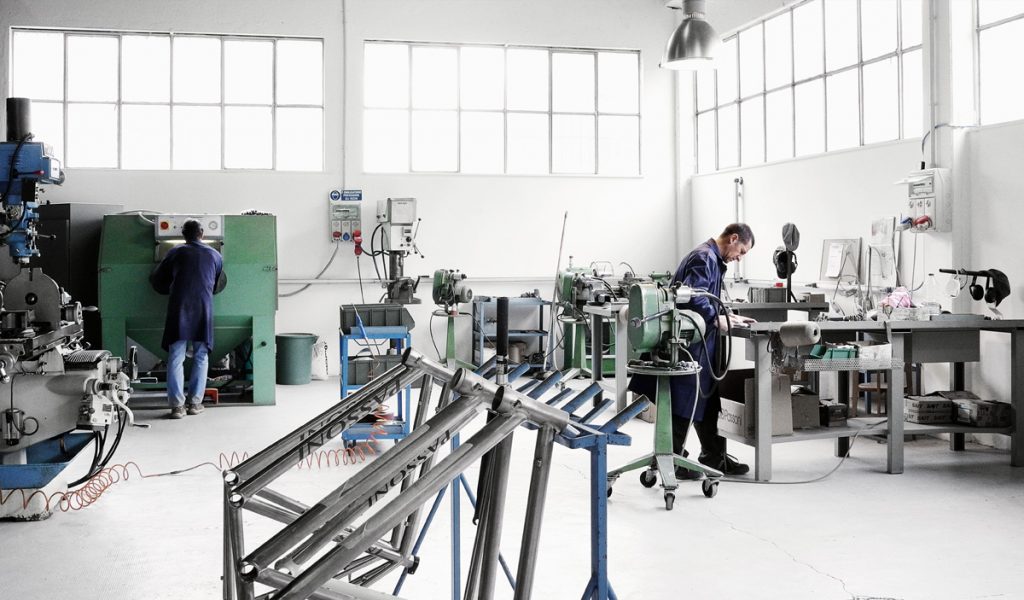
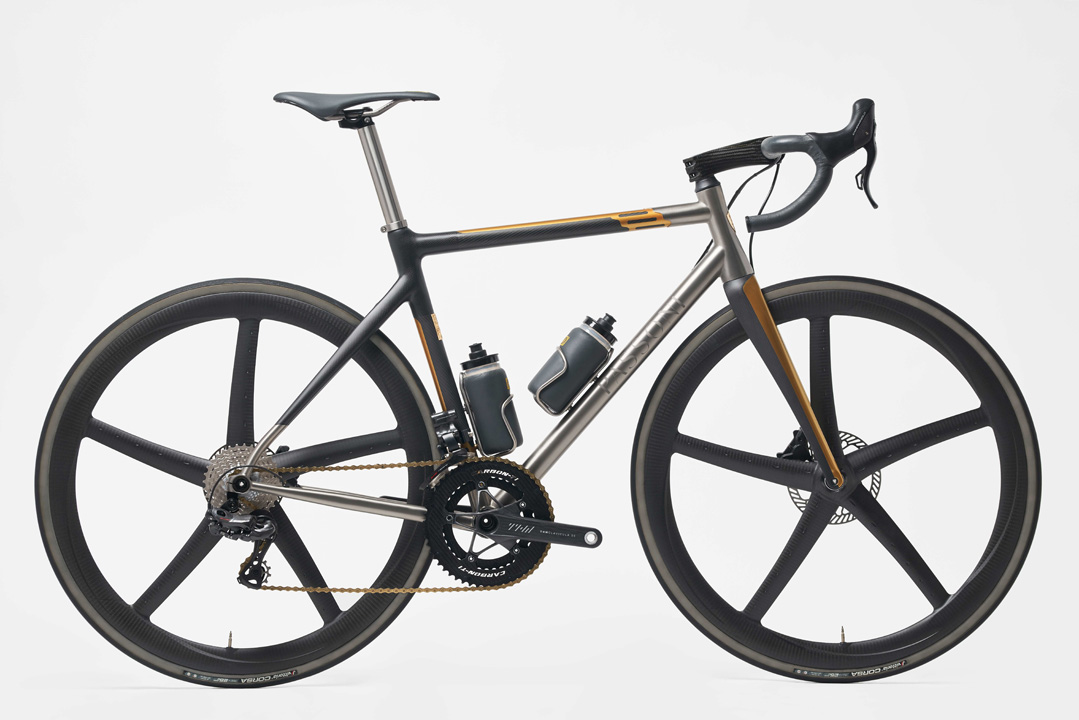
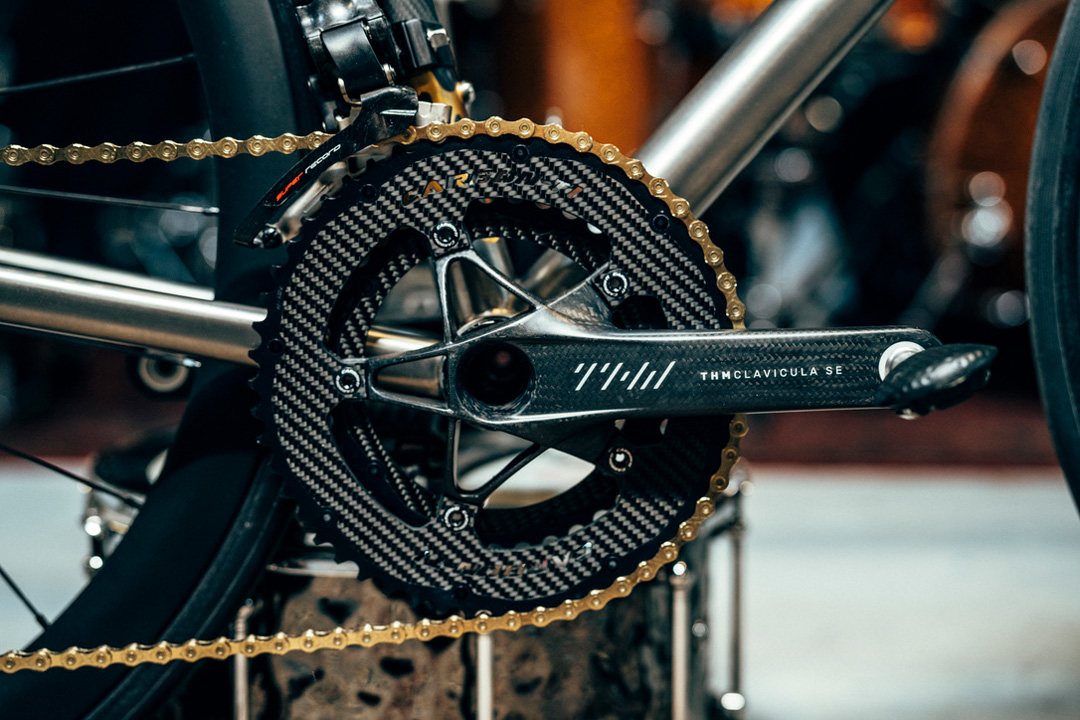
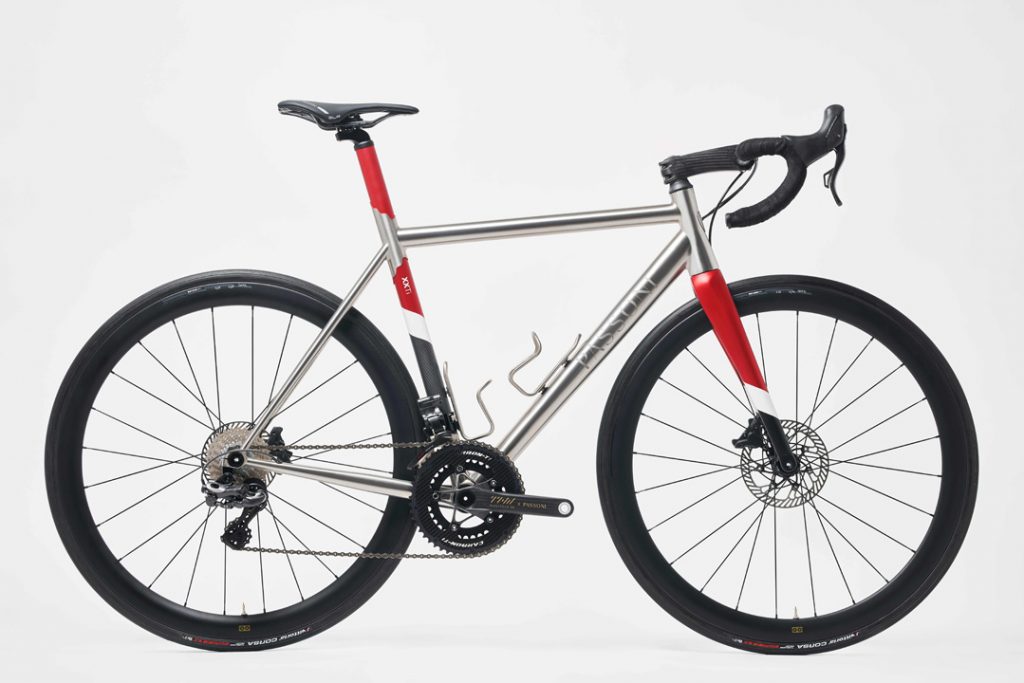
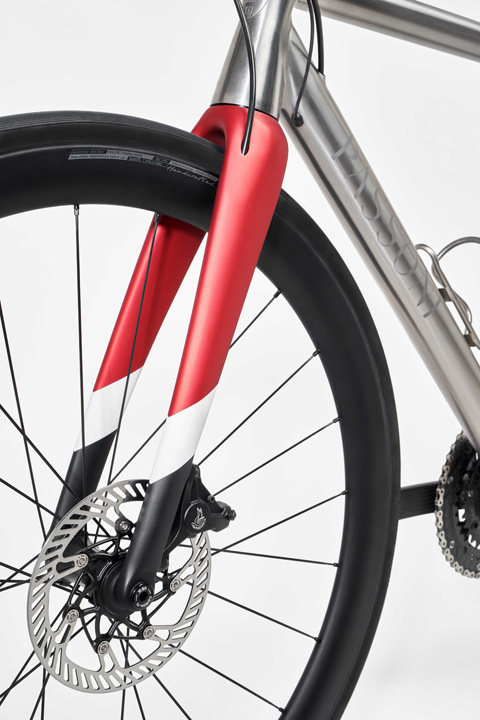
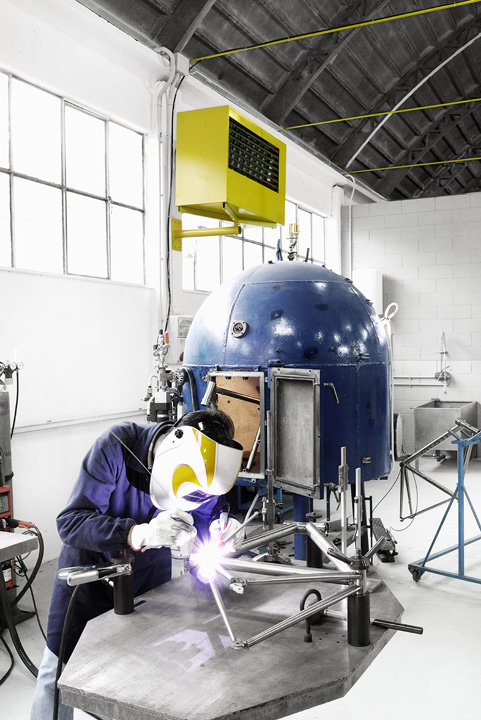
This sounds like a culture of constant dissatisfaction.
Yes, all the time. Once, a customer flew in from Japan to pick up his bike at our Atelier, but we were forced to send him back without it. We just decided at the very last minute that we weren’t 100% satisfied and asked the customer for additional time to re-do it. Or another example: we spend forty hours to polish each frame by hand.
The cost of polishing is at least four times greater than the cost of producing a Pro-Tour-Frame in Asia. This is economically stupid, but the reward is priceless because hardly anyone who buys a Passoni will ever sell it on. And even if this sounds a little bit unusual: there are a lot of people whose fathers passed away who are asking us to restore their bikes. They put them on the wall as a beautiful reminder if they are not the right size to be ridden.
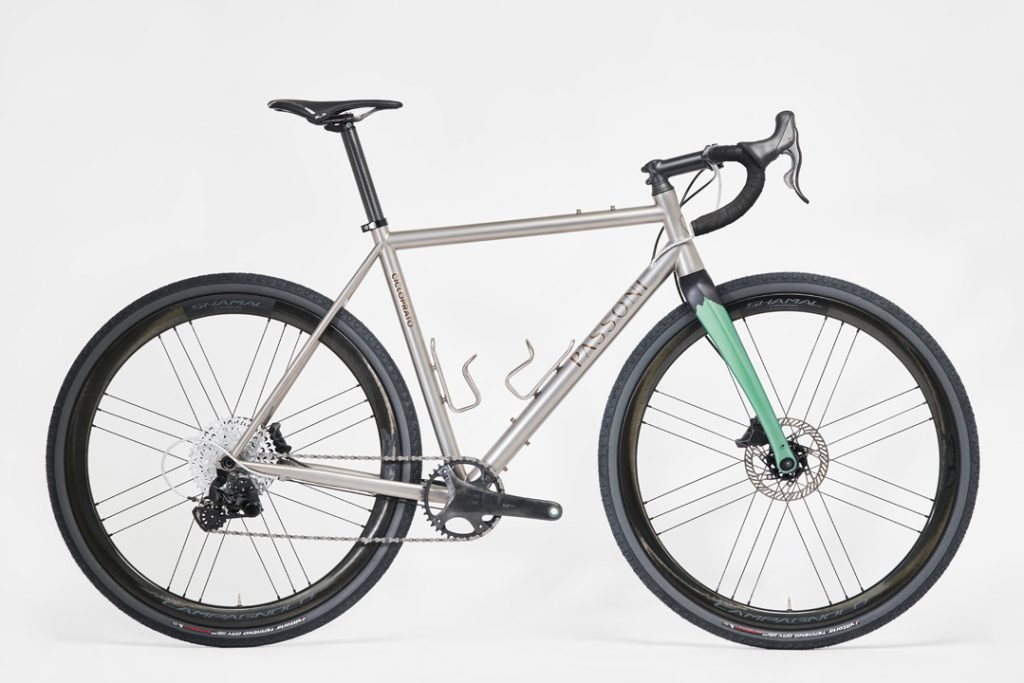
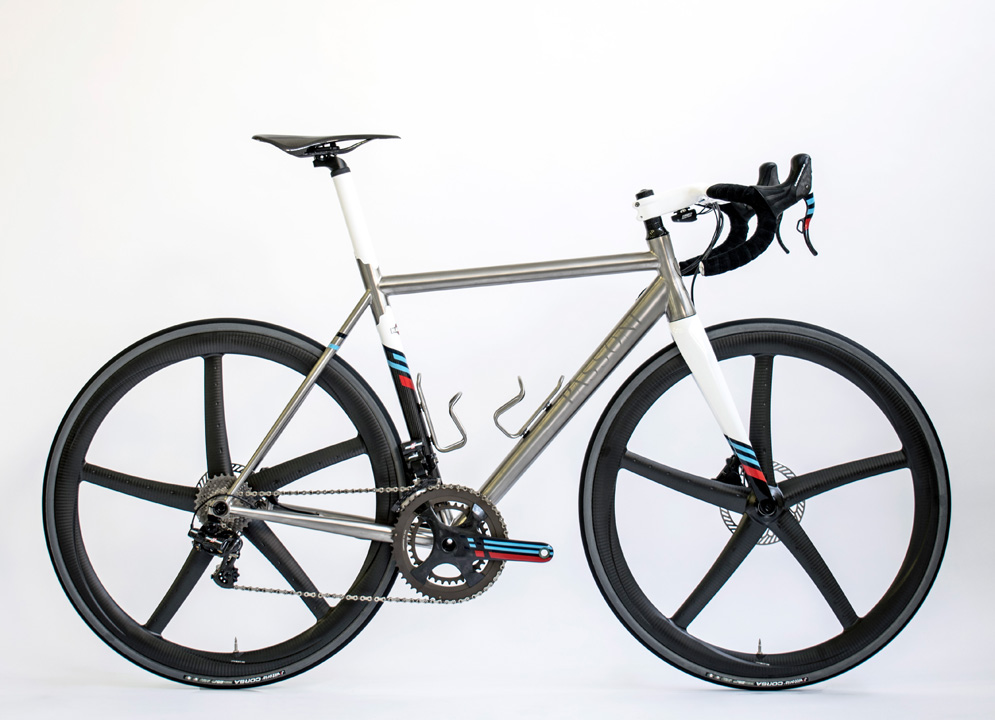
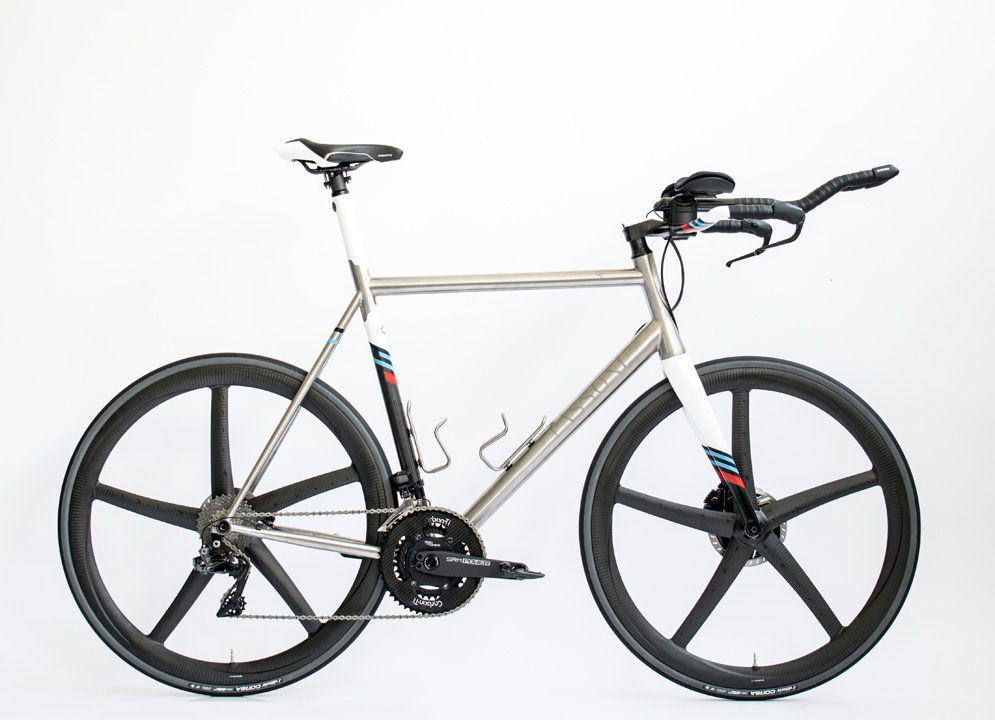
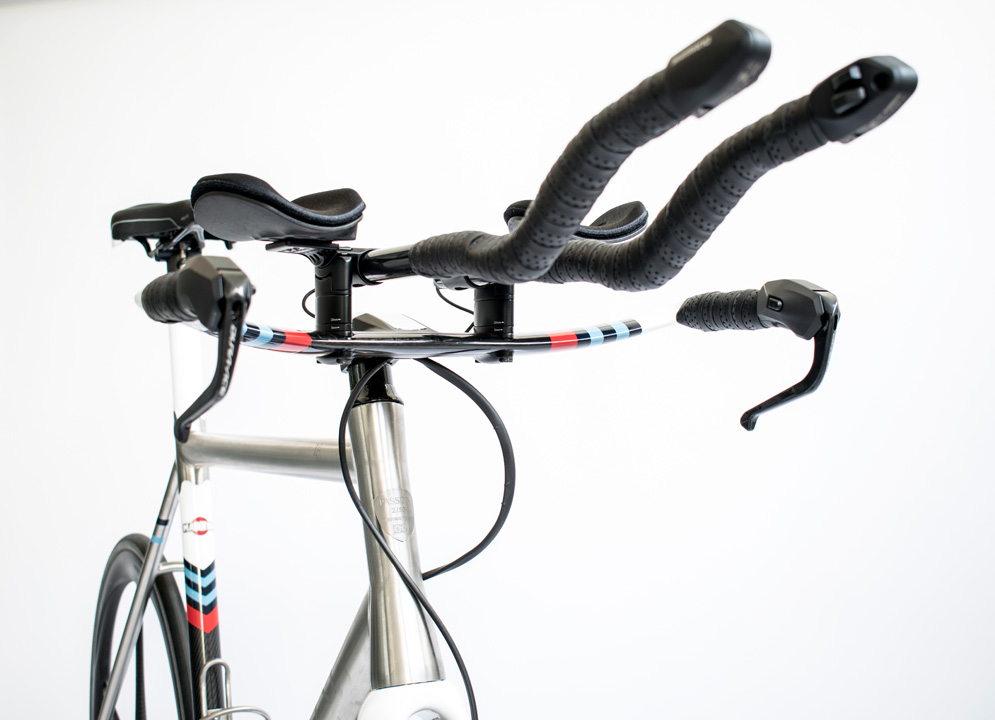
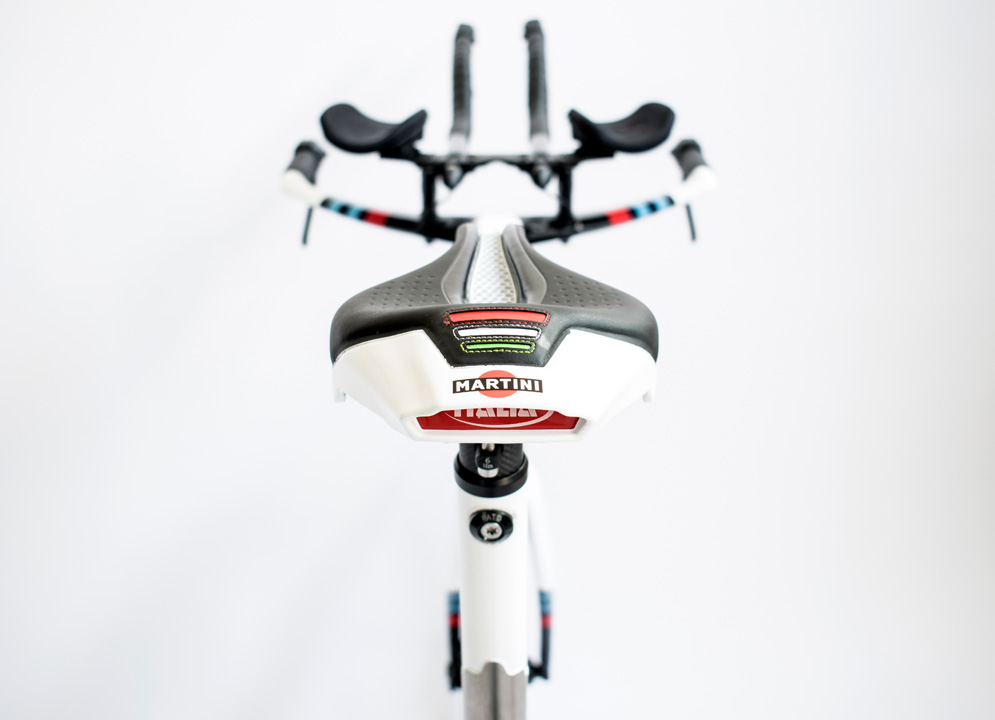
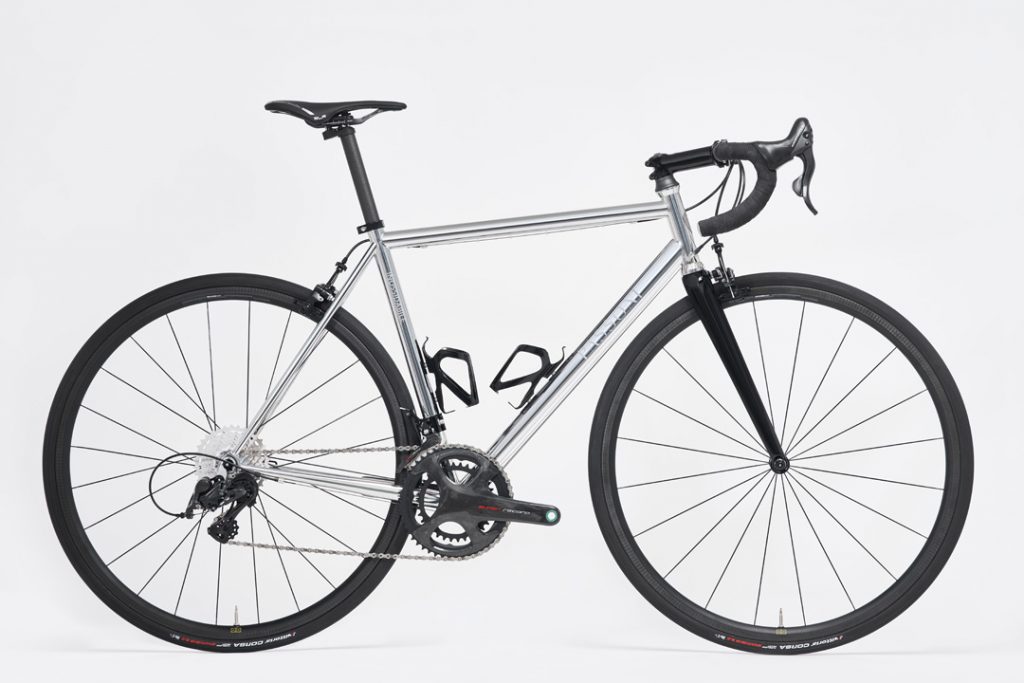
How many future models do you have in the pipeline?
We were a bit like Porsche, where the 911 is and will always be the 911, no matter what. Every four to five years you make it better, but it always stays the 911. But that doesn’t mean that we stand still. We add one new project every three to five years and some of our models have been designed over ten years ago.
It is super important for us to create timeless products in their aesthetics but also in their technical details. We just do not like to launch a new model to make a product own by one of our customers obsolete and “force” them to buy the new model. It’s not right, it’s not sustainable and not in line with our values. Although some of our customers have several of our bikes, we are very happy with having individuals owning just one Passoni in their lifetime and use it as long as practically possible.
Thank you, Matteo!


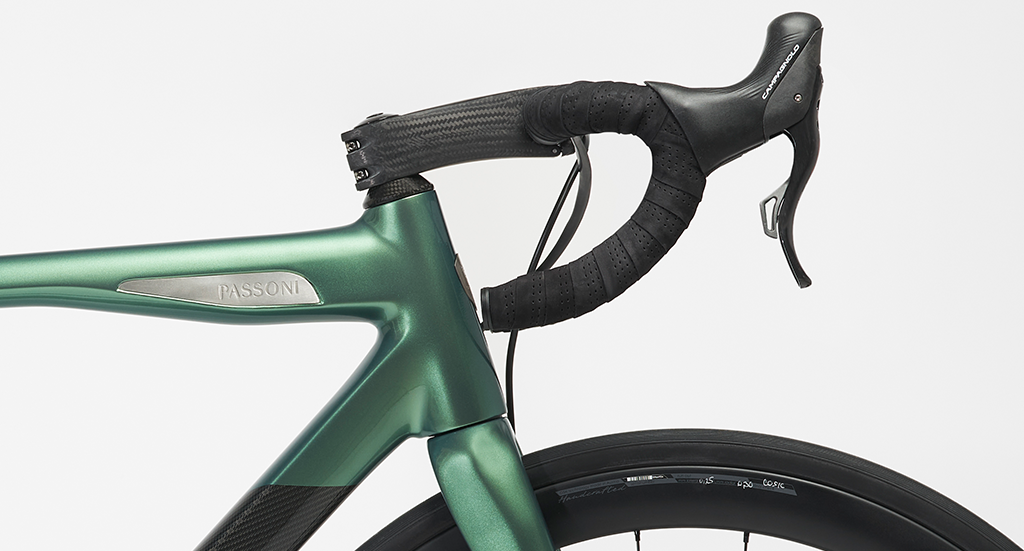

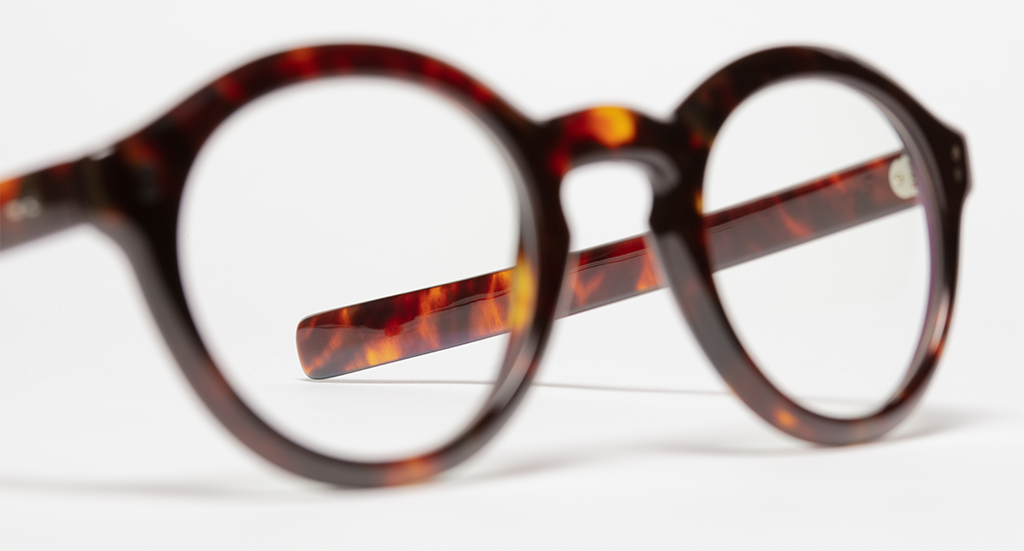

Join our Community